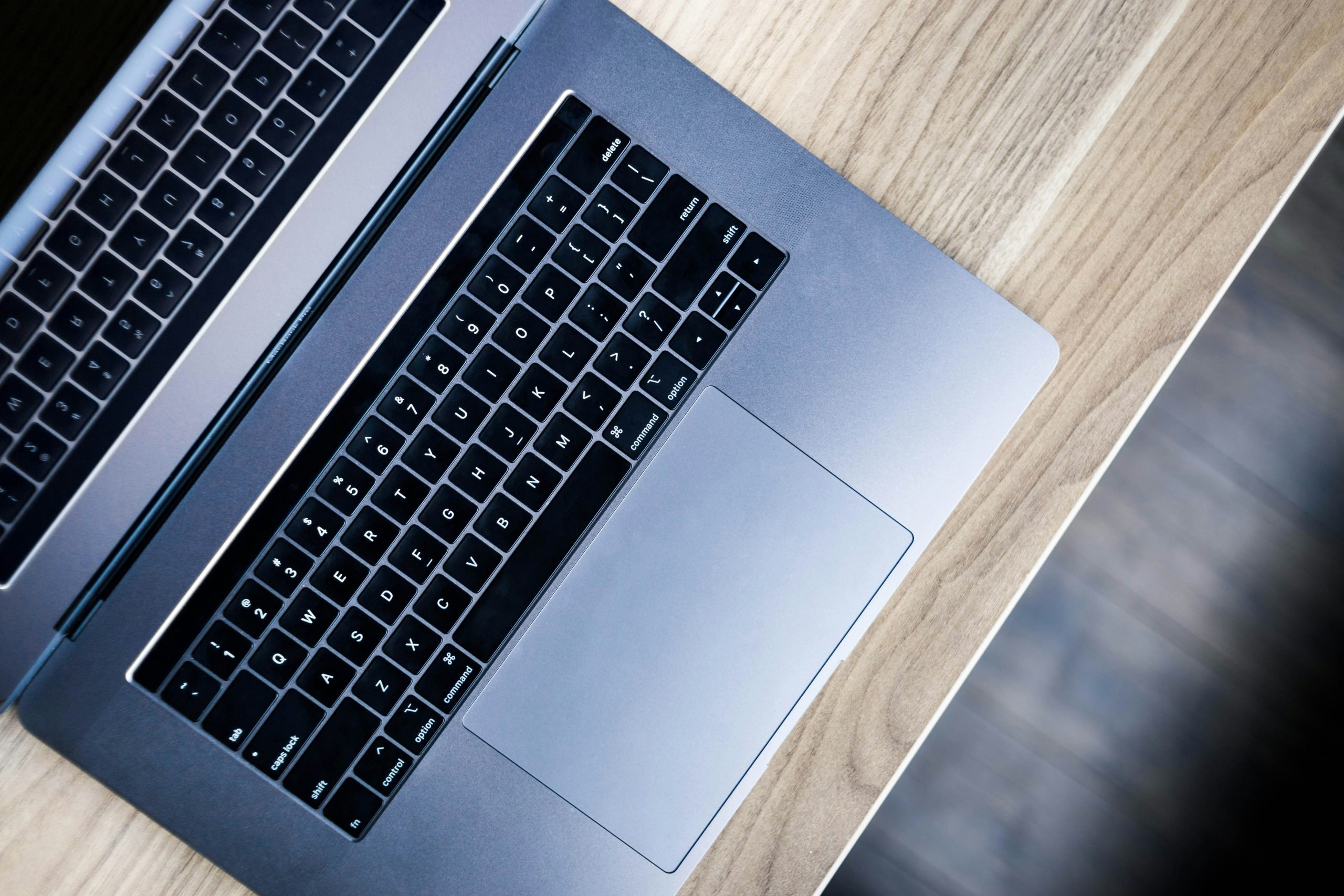In a world where laptops have become an indispensable tool for work, study, and entertainment, the keyboard stands as the gateway between our thoughts and the digital realm. However, what happens when this essential input device becomes more of a hindrance than a help? Whether you’re dealing with sticky keys, unresponsive buttons, or simply prefer using an external keyboard, knowing how to disable your laptop’s built-in keyboard can be a game-changer. In this guide, we will walk you through the steps to temporarily or permanently disable your laptop’s keyboard with ease and precision. So if you’re ready to take control of your typing experience and unlock new possibilities in tech customization, read on to discover the secrets of keyboard deactivation.
Why Disable a Laptop Keyboard?
Disabling a laptop keyboard might seem like an unusual choice, but there are several valid reasons why someone might choose to do so. One major reason is to prevent accidental keystrokes while using an external keyboard or mouse. This can be particularly useful for gamers or graphic designers who need precise control over their input devices without interruptions from the built-in keyboard.
Another reason to disable a laptop keyboard is if it’s malfunctioning or keys are sticking. In such cases, it’s more convenient to simply disable the faulty keyboard and use an external one until repairs can be made. Additionally, users who prefer using voice dictation software or touchscreen interfaces may find that disabling the physical keyboard helps streamline their workflow and reduce distractions. Ultimately, disabling a laptop keyboard can provide increased efficiency and customization options for various users’ unique needs and preferences.

Method 1: Using Device Manager
One popular method to disable a laptop keyboard is by using the Device Manager. This built-in Windows tool allows users to manage and control all hardware devices connected to their computer with ease. To access the Device Manager, simply right-click on the Start button and select Device Manager from the menu. Once open, navigate to the Keyboards section and locate your laptop’s keyboard driver.
From here, you can right-click on the keyboard driver and select Disable device from the drop-down menu. This action will effectively stop your laptop’s keyboard from functioning until it is re-enabled. Using Device Manager provides a straightforward way to quickly disable hardware components, giving users more control over their devices’ functionality without needing third-party software or tools.
Method 2: Physically Disconnecting the Keyboard
Method 2: Physically Disconnecting the Keyboard involves more than just disabling keys – it’s about actively taking control of your device’s hardware. By opening up your laptop and disconnecting the keyboard cable, you are not only preventing accidental keystrokes but also gaining a deeper understanding of how your device functions. This method allows for a hands-on approach to solving keyboard issues, giving users a sense of empowerment over their technology.
Physically disconnecting the keyboard is like performing surgery on your laptop. It requires precision and care to ensure that no other components are damaged in the process. For those who enjoy tinkering with electronics, this method can be a satisfying challenge that offers practical benefits. Although it may seem daunting at first, mastering this technique can provide valuable insight into troubleshooting hardware problems beyond just disabling the keyboard temporarily.

Precautions to Take Before Disabling
Before disabling your laptop keyboard, there are important precautions to consider to ensure the process goes smoothly. Firstly, always make sure to back up important files and data in case any files get accidentally deleted or moved during the disabling process. It’s also wise to create a system restore point as a fail-safe measure in case anything goes wrong.
Additionally, disconnecting your laptop from any power sources and removing the battery is crucial before disabling the keyboard. This precaution helps prevent any electrical issues or short circuits that may occur during the procedure. Taking these simple yet essential steps can help avoid potential problems and ensure a successful disablement of your laptop keyboard.
Re-enabling the Keyboard
Re-enabling the keyboard on your laptop can be a simple yet essential process that many users overlook. Whether you disabled it intentionally for cleaning or troubleshooting purposes, knowing how to re-enable it efficiently is crucial. One effective method is to access the Device Manager on Windows laptops and locate the keyboard driver under the Keyboards section. From there, you can right-click and select Enable Device, allowing your keyboard to function normally once again.
Another approach involves using keyboard shortcuts specific to certain laptop models. For example, pressing Fn + F1 could re-enable the keyboard on one device while Fn + F5 might work for another model. These shortcuts are designed to provide quick solutions without having to navigate through complex settings menus. By familiarizing yourself with these unique key combinations for your laptop, you can save time and effortlessly re-enable your keyboard whenever necessary.

Conclusion: Ensure keyboard is disabled properly
In summary, ensuring that your laptop keyboard is disabled properly is crucial for both performance and security reasons. By following the correct steps to disable the keyboard, you can prevent accidental keystrokes and potential damage to your system. Additionally, disabling the keyboard when using an external one can improve overall typing efficiency and comfort.
Furthermore, taking the time to properly disable your laptop keyboard shows a commitment to maintaining your device’s functionality over time. It also underscores the importance of customization and personalization in enhancing your overall computing experience. In conclusion, paying attention to this seemingly small detail can go a long way in optimizing your workflow and ensuring a smooth user experience with your laptop.
